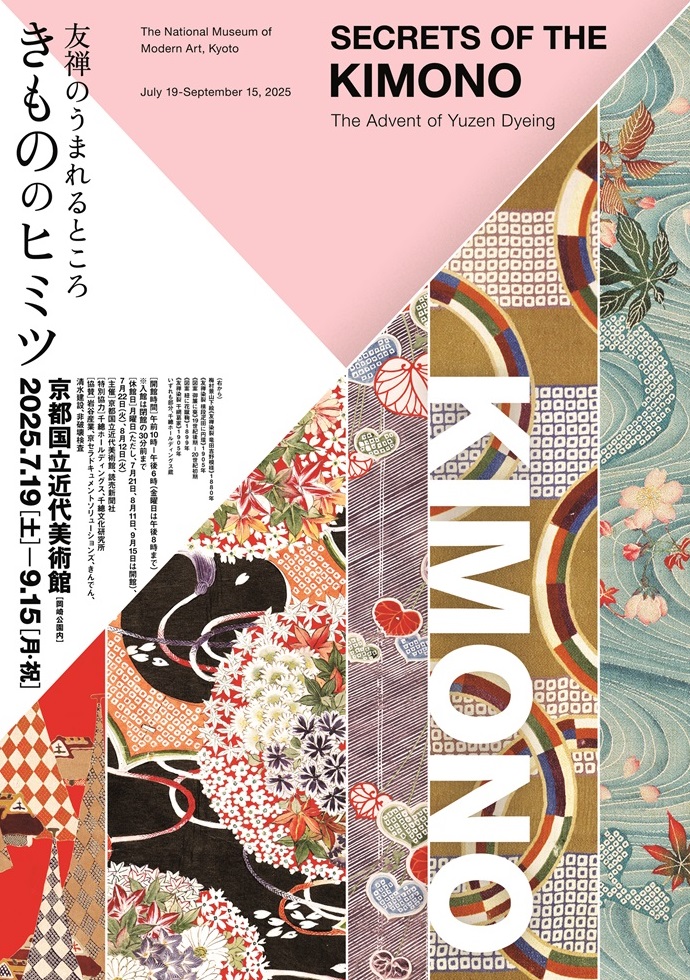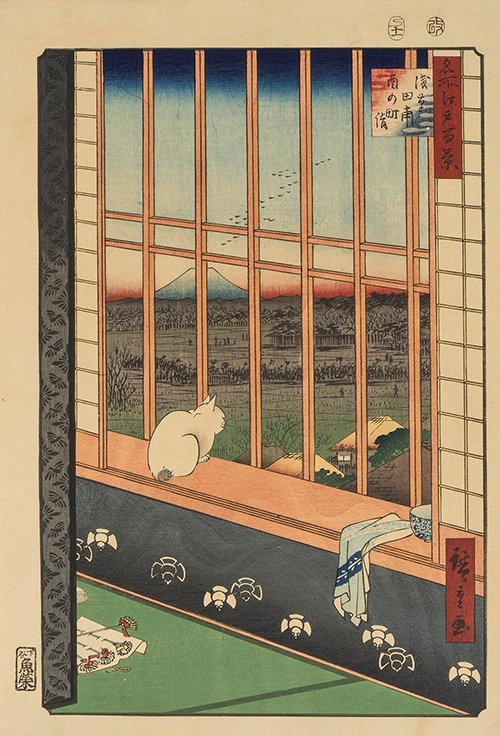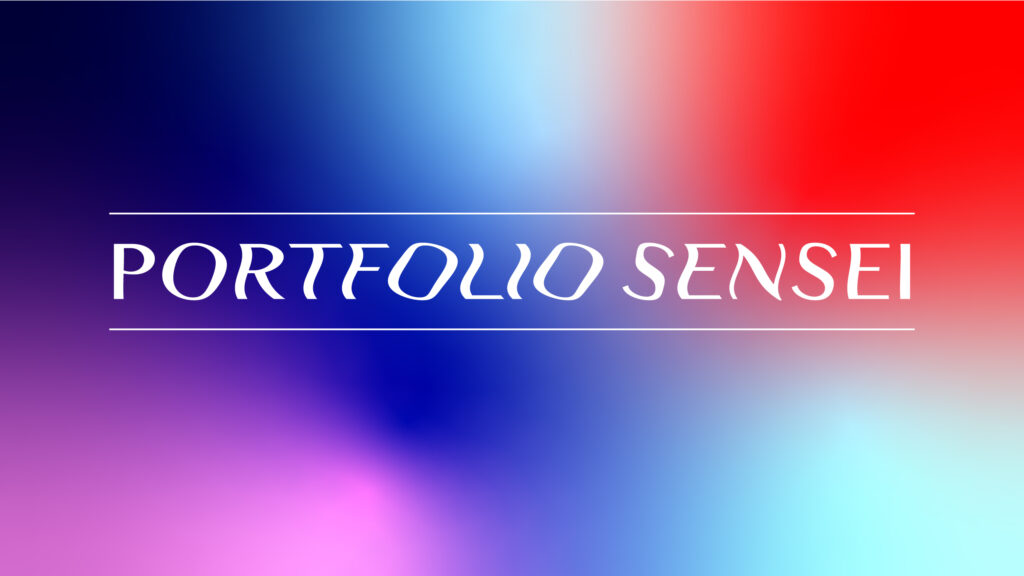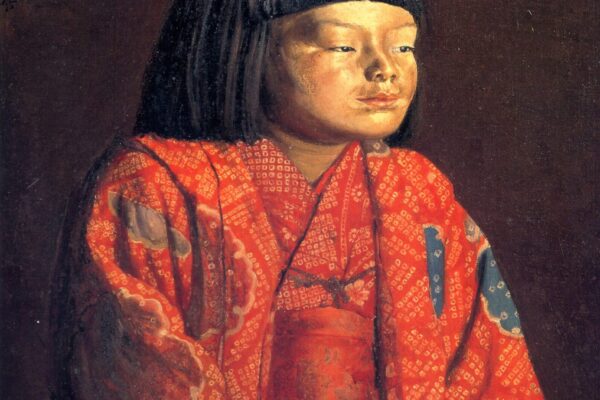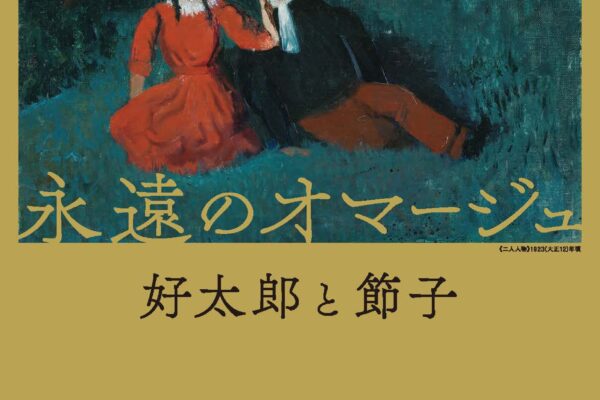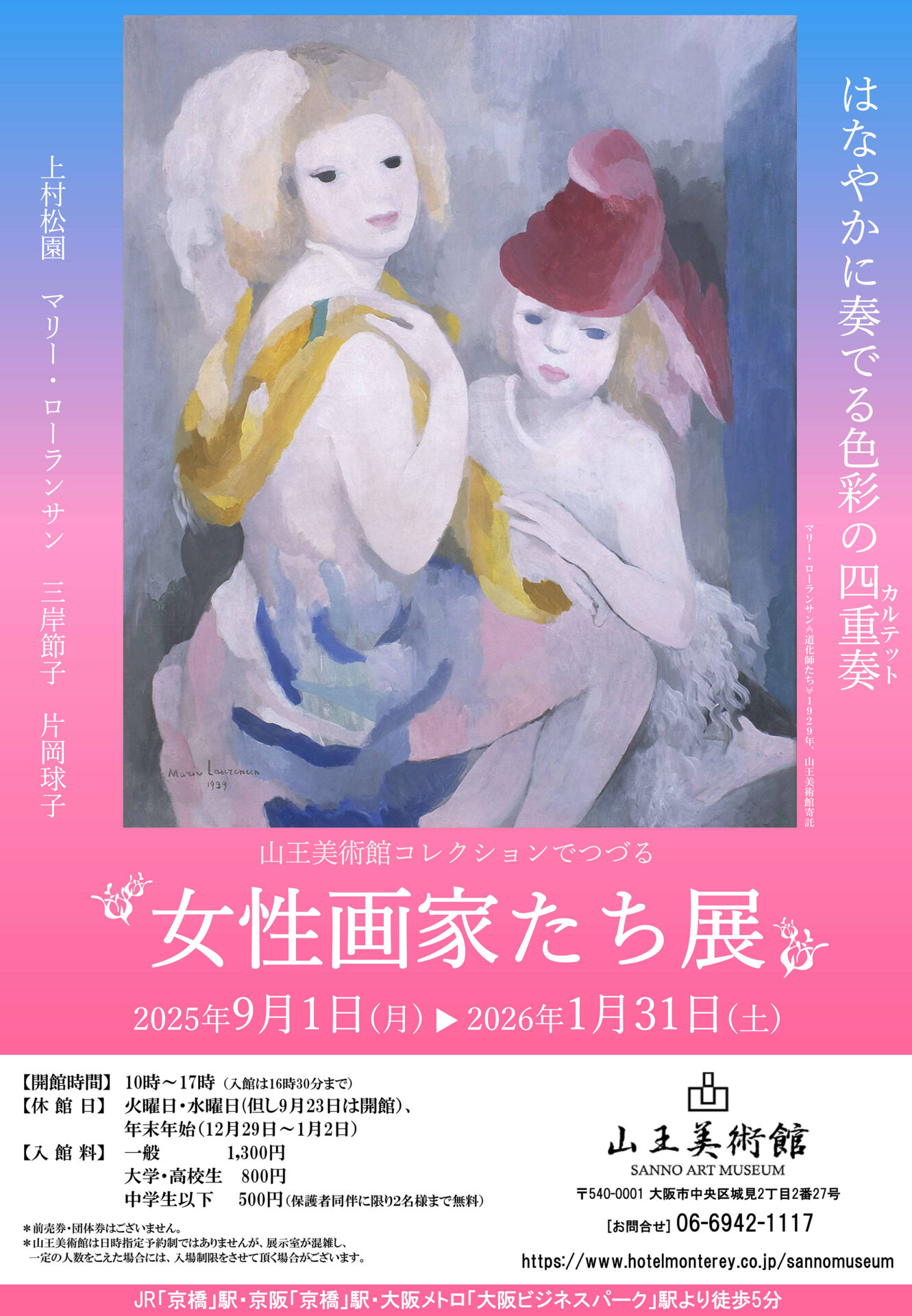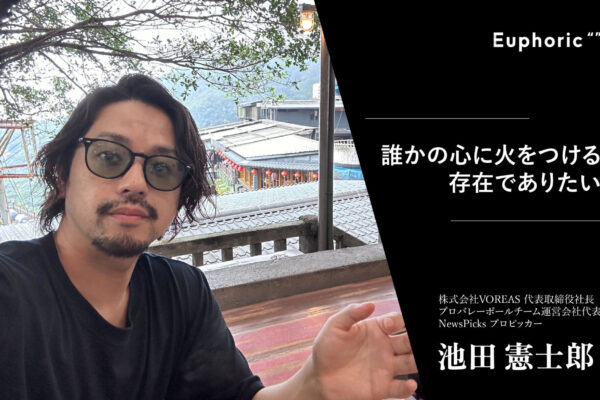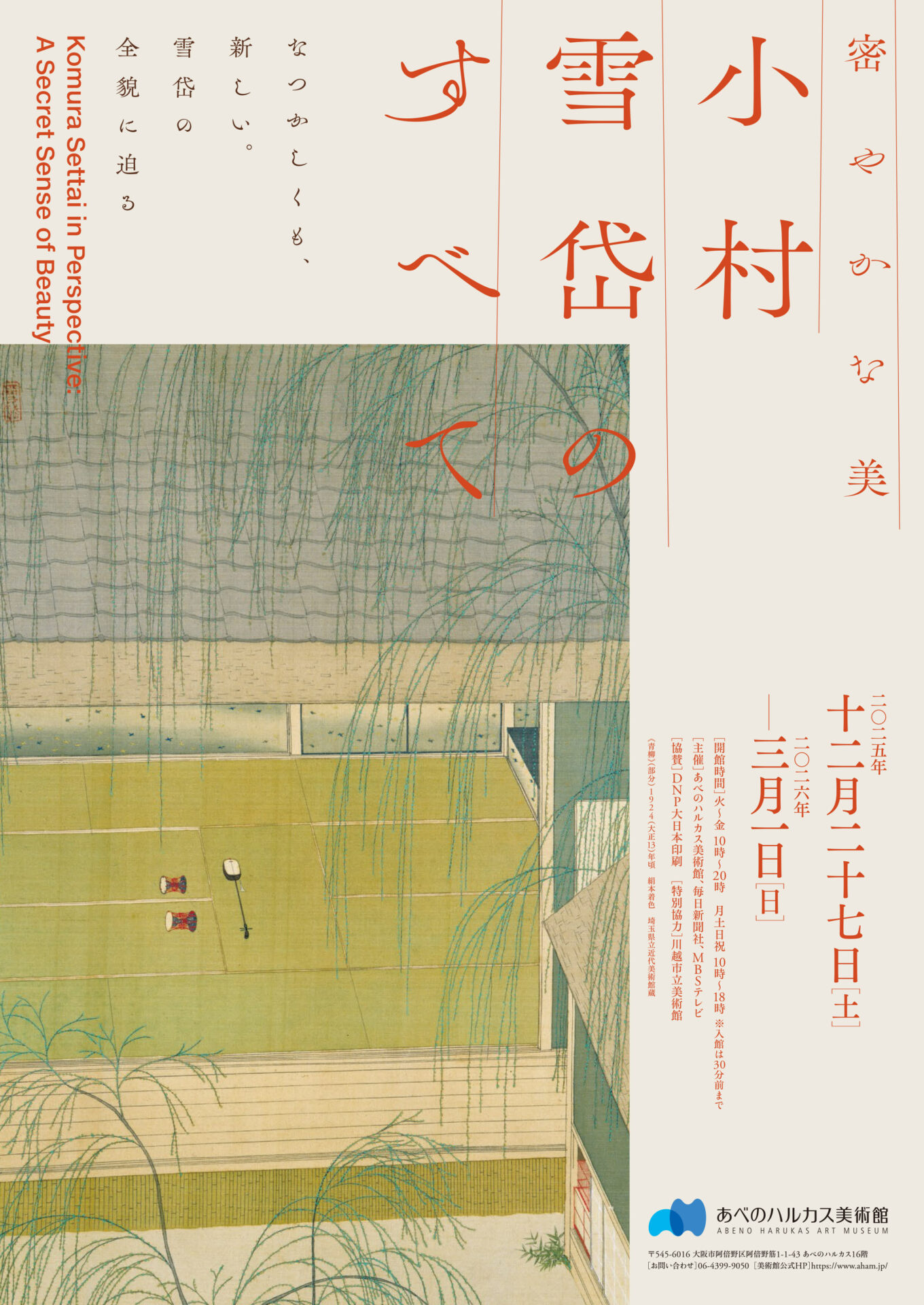コンテンツ
Toggleはじめに
アートで使われる英語の専門用語は直接的に意味を理解してもらう際に役立ちます。
以下は、アート関連の英単語とその意味、例文です。これらの単語を学習して、アートに関する英語の会話や議論で活用してください。
関連記事
アート専門用語
1. Aesthetics (美学)
美的価値や感覚に関する研究。
例文
- The aesthetics of this painting really capture the beauty of nature. (この絵画の美学は、自然の美しさを本当に捉えています。)
- The architect considered both function and aesthetics when designing the building. (建築家は、建物を設計する際に機能と美学の両方を考慮しました。)
- Her artwork explores the aesthetics of minimalism. (彼女のアート作品は、ミニマリズムの美学を探求しています。)
- The aesthetics of the garden create a serene and peaceful atmosphere. (その庭園の美学は、静かで平和な雰囲気を生み出しています。)
- He is studying aesthetics to better understand the principles of beauty in art. (彼はアートにおける美の原則をより理解するために、美学を学んでいます。)
2. Composition (構図)
画面上の要素の配置やバランス。
例文
- The composition of the painting leads the viewer’s eye toward the main subject. (絵画の構図は、観る人の目を主題に向けます。)
- She spent a lot of time perfecting the composition of her photograph. (彼女は、写真の構図を完璧にするためにたくさんの時間を費やしました。)
- The artist used a balanced composition to create a sense of harmony in the piece. (アーティストは、作品に調和感を生み出すためにバランスの取れた構図を使用しました。)
- The composition of this sculpture is dynamic and engaging. (この彫刻の構図は、ダイナミックで魅力的です。)
- In graphic design, an effective composition is crucial for conveying the intended message. (グラフィックデザインでは、効果的な構図が意図したメッセージを伝えるために重要です。)
3. Perspective (遠近法)
空間や深みを表現する技法。
例文
- The composition of the painting leads the viewer’s eye toward the main subject. (絵画の構図は、観る人の目を主題に向けます。)
- She spent a lot of time perfecting the composition of her photograph. (彼女は、写真の構図を完璧にするためにたくさんの時間を費やしました。)
- The artist used a balanced composition to create a sense of harmony in the piece. (アーティストは、作品に調和感を生み出すためにバランスの取れた構図を使用しました。)
- The composition of this sculpture is dynamic and engaging. (この彫刻の構図は、ダイナミックで魅力的です。)
- In graphic design, an effective composition is crucial for conveying the intended message. (グラフィックデザインでは、効果的な構図が意図したメッセージを伝えるために重要です。)
4. Texture (質感)
物体表面の触り心地や見た目の質感。
例文
- The artist used thick layers of paint to create a rich texture in the painting. (アーティストは、絵画に豊かな質感を作り出すために、厚い絵の具の層を使用しました。)
- This sculpture has a smooth texture, which contrasts with the roughness of the materials. (この彫刻は、滑らかな質感があり、素材の荒さと対照をなしています。)
- The texture of the fabric in the artwork adds a sense of realism to the piece. (作品中の布地の質感が、作品にリアリズムを感じさせます。)
- The photographer captured the texture of the sand and waves in the beach scene. (写真家は、砂浜のシーンで砂と波の質感を捉えました。)
- When creating a digital painting, artists can use various brushes to simulate different textures. (デジタル画を制作する際、アーティストはさまざまなブラシを使って異なる質感をシミュレートできます。)
5. Hue (色相)
色の基本的な特性。
例文
- The artist used a variety of hues to create a vibrant and colorful painting. (アーティストはさまざまな色相を使って、鮮やかでカラフルな絵画を作成しました。)
- This painting has a warm hue, giving it a comforting and inviting atmosphere. (この絵画は暖かい色相があり、心地よくて招待するような雰囲気を持っています。)
- The sunset sky in the photograph displays a stunning range of hues, from pink to deep purple. (写真の夕焼け空は、ピンクから深い紫までの素晴らしい色相の範囲を表現しています。)
- She prefers using cool hues in her artwork, such as blues and greens, to create a calming effect. (彼女は、青や緑などのクールな色相を使って、リラックス効果を生み出すアート作品を好んでいます。)
- Understanding the relationships between different hues is essential for creating harmonious color schemes. (異なる色相間の関係を理解することは、調和のとれた配色を作成するために不可欠です。)
6. Saturation (彩度)
色の鮮やかさや純度。
例文
- The artist used high saturation colors to make the painting eye-catching and bold. (アーティストは、絵画を目を引くようで大胆なものにするために、高彩度の色を使用しました。)
- The photograph has a low saturation, giving it a soft and muted appearance. (写真は彩度が低く、柔らかく落ち着いた外観があります。)
- Adjusting the saturation of an image can dramatically change its mood and atmosphere. (画像の彩度を調整することで、その雰囲気やムードを劇的に変えることができます。)
- The designer used a mix of saturated and desaturated colors to create an interesting visual contrast. (デザイナーは、彩度の高い色と低い色を組み合わせて、視覚的な対比が面白いデザインを作り出しました。)
- The saturation of the colors in the artwork conveys a sense of energy and excitement. (アート作品の色彩の彩度は、エネルギーと興奮の感覚を伝えます。)
7. Value (明度)
色の明るさや暗さ。
例文
- The artist used a range of values to create depth and dimension in the painting. (アーティストは、明度の範囲を使用して、絵画に奥行きと次元を作り出しました。)
- The contrast between light and dark values in the photograph creates a striking visual impact. (写真の明るい値と暗い値のコントラストが、印象的な視覚的インパクトを生み出します。)
- In this artwork, the artist skillfully manipulated value to create a sense of realism. (このアート作品では、アーティストは巧みに明度を操作して、リアリズム感を生み出しています。)
- Understanding the relationship between value and color is essential for creating well-balanced compositions. (明度と色の関係を理解することは、バランスの良い構図を作成するために不可欠です。)
- The designer used a limited value range to achieve a minimalist and modern aesthetic. (デザイナーは、ミニマリストでモダンな美学を実現するために、限定された明度の範囲を使用しました。)
8. Contrast (コントラスト)
明暗や色彩の差。
例文
- The artist used strong contrast between light and dark colors to create a dramatic effect in the painting. (アーティストは、明るい色と暗い色の強いコントラストを使って、絵画に劇的な効果を生み出しました。)
- The contrast between the smooth texture of the marble and the roughness of the wood adds visual interest to the sculpture. (大理石の滑らかな質感と木材の荒さとのコントラストが、彫刻に視覚的な魅力を加えています。)
- The photographer used contrast to emphasize the focal point of the image. (写真家は、画像の焦点を強調するためにコントラストを使用しました。)
- In the design, the contrast between the bold typography and the delicate illustrations creates a unique aesthetic. (デザインでは、大胆なタイポグラフィと繊細なイラストとのコントラストが、ユニークな美学を生み出しています。)
- The contrast of warm and cool colors in the artwork gives it a dynamic and energetic feel. (アート作品の暖色と冷色のコントラストが、ダイナミックでエネルギッシュな雰囲気を与えています。)
関連記事
9. Harmony (調和)
色や形が美しくまとまっている様子。
例文
- The artist achieved harmony in the painting by carefully balancing colors and shapes. (アーティストは、色と形を丁寧にバランスさせることで、絵画に調和を実現しました。)
- The harmony between the different elements in the design creates a pleasing and cohesive aesthetic. (デザインのさまざまな要素間の調和が、美しくまとまった美学を生み出しています。)
- The photographer captured a scene that shows the harmony between nature and human-made structures. (写真家は、自然と人工構造物の調和が感じられるシーンを捉えました。)
- In the composition, the artist skillfully balanced harmony and contrast to keep the viewer engaged. (構図では、アーティストは調和とコントラストを巧みにバランスさせ、観る人が引き込まれるようにしました。)
- The harmony of colors, textures, and shapes in the artwork conveys a sense of unity and completeness. (アート作品の色、質感、形状の調和が、統一感と完成度の高さを伝えています。)
10. Proportion (比率)
もの同士の大きさや位置の関係。
例文
- The artist used accurate proportions to create a realistic representation of the human figure. (アーティストは、正確な比率を用いて人物像のリアルな表現を作り出しました。)
- The designer considered the proportions of the space when selecting furniture and decorative elements. (デザイナーは、家具や装飾要素を選ぶ際に、空間の比率を考慮しました。)
- In the photograph, the proportion of the foreground and background elements adds depth to the scene. (写真では、前景と背景要素の比率がシーンに奥行きを与えています。)
- The artist manipulated the proportions of the subjects in the artwork to create a sense of surrealism. (アーティストは、アート作品の主題の比率を操作して、シュールな雰囲気を作り出しました。)
- Understanding the principles of proportion is essential for creating well-balanced and visually appealing compositions. (比率の原則を理解することは、バランスのとれた視覚的に魅力的な構図を作成するために重要です。)
11. Medium (媒体)
アート作品を制作するための材料や技法。
例文
- The artist chose oil paint as the medium for their latest masterpiece. (アーティストは、最新の傑作に油絵具を媒体として選びました。)
- Digital photography has become a popular medium for capturing and sharing images. (デジタル写真は、画像を撮影し共有するための人気のある媒体になりました。)
- The sculptor works with various mediums, including wood, stone, and metal. (彫刻家は、木、石、金属などさまざまな媒体で作品を制作しています。)
- Watercolor is a medium that allows artists to create delicate and transparent effects in their paintings. (水彩画は、アーティストが絵画で繊細で透明な効果を生み出すことができる媒体です。)
- The artist experimented with mixed media, combining traditional painting techniques with digital elements. (アーティストは、伝統的な絵画技法とデジタル要素を組み合わせた、ミクストメディアを試みました。)
12. Genre (ジャンル)
作品のスタイルや主題に基づく分類。
例文
- The artist is well-known for her work in the genre of abstract expressionism. (そのアーティストは、抽象表現主義というジャンルでの作品で有名です。)
- Landscape photography is a popular genre that captures the beauty of the natural world. (風景写真は、自然の美しさを捉える人気のあるジャンルです。)
- This exhibition features a variety of genres, including portraiture, still life, and surrealism. (この展示会では、肖像画、静物画、シュールレアリズムなどさまざまなジャンルが紹介されています。)
- The genre of street art has gained widespread recognition and appreciation in recent years. (ストリートアートというジャンルは、近年、幅広い認知と評価を得ています。)
- The artist explores themes of love and loss through the genre of contemporary figurative painting. (アーティストは、現代の具象画のジャンルを通じて、愛と喪失のテーマを探求しています。)
13. Abstract (抽象)
具象的な形状や対象を表さないアートスタイル。
例文
- The artist’s abstract paintings are open to interpretation, allowing viewers to find their own meaning in the work. (アーティストの抽象画は解釈が自由であり、観る人が作品に独自の意味を見出すことができます。)
- She prefers abstract art because it encourages her imagination and creativity. (彼女は、想像力と創造力を促す抽象芸術を好んでいます。)
- The abstract sculpture features bold shapes and colors that evoke a sense of movement. (その抽象彫刻は、動きの感覚を喚起する大胆な形状と色彩が特徴です。)
- The artist uses abstract forms and patterns to create visually intriguing compositions. (アーティストは、抽象的な形やパターンを使って視覚的に興味深い構図を作成しています。)
- Abstract photography often focuses on the play of light, shadow, and color to create images that challenge the viewer’s perception. (抽象写真は、光、影、色の遊びに焦点を当てて、観る人の知覚に挑戦する画像を作成することがよくあります。)
関連記事
14. Realism (写実主義)
現実に忠実な表現を追求するアートスタイル。
例文
- The artist’s realism paintings capture the fine details and textures of everyday life with incredible accuracy. (アーティストの写実主義の絵画は、日常生活の細かいディテールや質感を驚くべき正確さで捉えています。)
- Realism in sculpture often involves the precise representation of human forms and expressions. (彫刻における写実主義は、しばしば人間の形態や表情を正確に表現することを含みます。)
- The artist’s commitment to realism is evident in their meticulous attention to light, shadow, and perspective. (アーティストの写実主義への取り組みは、光、影、遠近法への細心の注意によって明らかです。)
- Realism in literature often explores the complex relationships and social issues of the time. (文学における写実主義は、時代の複雑な関係や社会問題を探求することがよくあります。)
- The photographer’s work in the realm of realism captures the raw beauty and emotion of his subjects. (写真家の写実主義における作品は、被写体の素朴な美しさや感情を捉えています。)
15. Surrealism (シュールレアリズム)
夢や無意識の世界を表現するアートスタイル。
例文
- The artist’s surrealism paintings often feature dreamlike imagery and unexpected juxtapositions of objects. (アーティストのシュールレアリズムの絵画では、しばしば夢のようなイメージや予期せぬ物体の並置が特徴です。)
- Surrealism in photography can involve manipulating images to create a sense of the fantastical and the uncanny. (写真におけるシュールレアリズムは、ファンタジーと不気味さを感じさせるような画像を作成するために、画像を操作することが含まれます。)
- Surrealism seeks to explore the subconscious mind and unlock the hidden symbolism within everyday experiences. (シュールレアリズムは、無意識の心を探求し、日常の経験に潜む隠れた象徴を解き放とうとします。)
- The artist’s surrealist sculptures often challenge the viewer’s perception of reality by combining familiar forms in unexpected ways. (アーティストのシュールレアリストな彫刻は、馴染みのある形態を予期しない方法で組み合わせることによって、観る人の現実の認識に挑戦することがよくあります。)
- Inspired by the surrealist movement, the filmmaker incorporates dream sequences and bizarre imagery into their narrative. (シュールレアリスト運動に触発された映画監督は、夢のシーンや奇妙なイメージを物語に取り入れています。)
関連記事
16. Impressionism (印象派)
光や色彩の効果を強調するアートスタイル。
例文
- Impressionism paintings often focus on capturing the fleeting effects of light and color in the natural world. (印象派の絵画では、しばしば自然界の光と色の移ろいやすい効果を捉えることに焦点が当てられます。)
- The artist’s impressionist landscapes evoke a sense of tranquility and harmony with nature. (アーティストの印象派の風景画は、自然との静けさと調和を感じさせます。)
- Impressionism emerged in the 19th century as a reaction against the rigid academic traditions of the time. (印象派は、19世紀に当時の厳格な学術的伝統に対する反応として登場しました。)
- The loose brushwork and vibrant colors characteristic of impressionism create a sense of movement and spontaneity in the artwork. (印象派の特徴である緩やかな筆使いと鮮やかな色彩が、アート作品に動きと自発性の感覚を与えます。)
- Many of the most famous impressionist painters, such as Claude Monet and Pierre-Auguste Renoir, focused on capturing the essence of a scene rather than replicating it in exact detail. (クロード・モネやピエール=オーギュスト・ルノワールなど、最も有名な印象派の画家の多くは、シーンを正確に複製するのではなく、その本質を捉えることに重点を置いていました。)
関連記事
17. Expressionism (表現主義)
感情や個性を強調するアートスタイル。
例文
- Expressionism is an art movement that focuses on conveying the emotional and psychological aspects of the artist’s experience. (表現主義は、アーティストの経験における感情的・心理的な側面を伝えることに焦点を当てた芸術運動です。)
- The artist’s expressionist paintings use bold colors and distorted forms to communicate intense emotions. (アーティストの表現主義の絵画は、鮮やかな色彩と歪んだ形状を使って、強烈な感情を伝えています。)
- Expressionism in cinema often involves unconventional camera angles and lighting techniques to create a sense of unease and disorientation. (映画における表現主義は、不安と混乱の感覚を作り出すために、独特なカメラアングルや照明技術を用いることがよくあります。)
- The expressionist sculptures capture the raw energy and emotional turmoil of the human experience. (表現主義の彫刻は、人間の経験における原始的なエネルギーや感情の激動を捉えています。)
- Expressionism in theater often employs abstract sets and stylized performances to convey the inner thoughts and feelings of the characters. (演劇における表現主義は、抽象的なセットや様式化された演技を用いて、登場人物の内面的な思考や感情を伝えることがよくあります。)
18. Focal point (焦点)
作品の中心的な視点または視覚的な焦点。
例文
- The artist used contrasting colors to create a focal point that draws the viewer’s attention to the center of the painting. (アーティストは、対照的な色を使って絵画の中心に視線を引きつける焦点を作り出しました。)
- In the photograph, the majestic mountain serves as the focal point, anchoring the composition and adding a sense of depth. (写真では、雄大な山が焦点となり、構図を引き締め、奥行き感を加えています。)
- The designer placed a dramatic chandelier in the room to create a focal point that would unify the space. (デザイナーは、部屋にドラマチックなシャンデリアを配置し、空間を統一する焦点を作り出しました。)
- The bold, red sculpture serves as a focal point in the minimalist interior, providing visual interest and balance. (鮮やかな赤い彫刻は、ミニマリストなインテリアの焦点となり、視覚的な興味とバランスを提供しています。)
- In landscape design, a water feature or a striking piece of art can act as a focal point, drawing the eye and creating a sense of harmony. (ランドスケープデザインでは、水の要素や目立つアート作品が焦点として機能し、目を引き付け、調和感を生み出すことができます。)
19. Negative space (負の空間)
図形や物体の周りの空間。
例文
- The artist skillfully used negative space in the painting to emphasize the subject and create a sense of balance. (アーティストは、絵画で負の空間を巧みに使い、被写体を強調し、バランス感を作り出しました。)
- In the photograph, the negative space surrounding the subject helps to isolate it and draw the viewer’s attention. (写真では、被写体を取り囲む負の空間が、被写体を際立たせ、視聴者の注意を引く役割を果たしています。)
- The designer incorporated negative space into the logo, creating a clever visual effect that engages the viewer. (デザイナーは、ロゴに負の空間を取り入れ、視聴者を引きつける巧みな視覚効果を作り出しました。)
- By leaving ample negative space around the text, the layout feels open and airy, making it easier to read. (テキストの周りに十分な負の空間を残すことで、レイアウトが開放的で通気性があり、読みやすくなります。)
- The use of negative space in the illustration allows the viewer’s eye to focus on the positive forms and creates a sense of depth. (イラストでの負の空間の利用により、視聴者の目は正の形状に集中し、奥行き感が生まれます。)
20. Landscape (風景)
街並みや景色を表す表現。
例文
- The artist is known for her stunning landscape paintings that capture the beauty of the countryside. (そのアーティストは、田園の美しさを捉えた素晴らしい風景画で知られています。)
- The photographer traveled to various locations to capture breathtaking landscapes from around the world. (その写真家は、世界各地の息を呑むような風景を撮影するために、さまざまな場所を訪れました。)
- The landscape design of the park incorporates both natural elements and man-made structures, creating a harmonious environment. (公園のランドスケープデザインは、自然要素と人工構造物の両方を取り入れて、調和のとれた環境を作り出しています。)
- During our hike, we enjoyed the picturesque landscape of rolling hills and colorful wildflowers. (ハイキング中、起伏に富んだ丘とカラフルな野生の花々が美しい風景を楽しみました。)
- The landscape architect proposed a plan that would enhance the aesthetics of the public space while maintaining its functionality. (ランドスケープアーキテクトは、公共空間の機能性を維持しながら美観を向上させる計画を提案しました。)
まとめ
いかがでしたか?
これらの単語を使ってアートに関する英語の表現力を高めることができます。また、アートの概念や技法を理解することで、他の分野にも応用できる表現やアイデアを得ることができます。是非、上記の言葉を覚えてアートを話す際に使えるようにしましょう!
The Past|英語コーチングの無料カウンセリング
英語力を飛躍的に向上させたいと思っていますか?
それなら、「The Past」のオンライン英語コーチングサービスがおすすめです。私たちは「1番売れる」ではなく、「1番伸びる」サービスを提供しています。
VERSANT満点の外国人講師によるレッスンと、第二言語習得論に精通した日本人コーチによる課題添削と学習カリキュラムの設計により、短期間であなたの英語力を大幅に向上させることが可能です!
詳細は⬇︎の画像から!

ワールドトーク|日本人講師とオンライン英会話の無料体験
英会話の学習において、初心者でも安心して学べる環境を求めていますか?それなら、「ワールドトーク」の日本人講師メインのオンライン英会話がおすすめです。ワールドトークは2011年から日本人講師メインのサービスを提供しています。
日本人講師とのレッスンは、初心者でも安心して学べ、文法や発音など細かいニュアンスも日本語で説明するので理解が早く、英検®やTOEIC®などの資格対策レッスンに「強い」です。
日本人講師だからこそ提供できるレッスンが、多くの方に喜ばれています。
詳細は⬇︎の画像から!
ABCアカデミー|オンライン英会話無料体験
日本人講師で英会話を始めたいが、いずれは外国人と話したいという目標があるという方はいるのではないでしょうか?
それならABCアカデミーがおすすめです。
私たちの最も推奨しているカリキュラム、「ハイブリット型学習レッスン」では、アメリカが開発した教材を用いて特定のページを日本人講師と学習した後に外国人講師とスピーキングテストを行います。「学んで、試す」を繰り返し行い効率化を測りながらレベルアップできるカリキュラムです。
詳細は⬇︎の画像から!


